History of the Air Force and Air Defense of Yugoslavia. Part of 6. JNA Air Force (1960-1980)
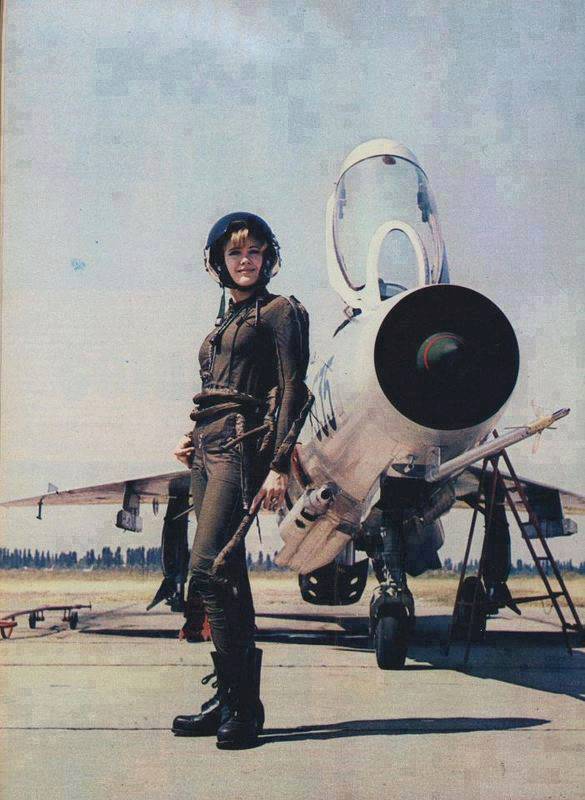
Belgrade tried to negotiate with Moscow on licensed production of MiGs and engines for them, but the Soviet Union did not go to organize licensed production of the newest fighters at that time in a country that had recently been considered enemy. Apparently, Yugoslavia, too, did not particularly insist, not wanting to break ties with the West ahead of time.

Even the purchase of a MiG-21 batch was shrouded in secrecy. In the Air Force of Yugoslavia, single MiG-21F-13 received the designation L-12, Sparky MiG-21U - NF-12 (in 1965, 9 machines were supplied). Following the F-13 front-line fighters, the PFM (L-14) interceptors entered into service with the Air Force and Air Defense.

For decades, the MiG-21 fighters became the main defenders of the Yugoslav sky. Traditionally, the 204 th Fighter Aviation Regiment, which was stationed in Bataynitsa near Belgrade, received the latest technology. Fighter regiments of the Air Force of Yugoslavia were composed of two squadrons. It was the 204 regiment that was the first in 1962 to receive the MiG-21 F-13 fighter jets. In 1968 36 MiG-21 PFM was delivered. received the Yugoslav designation L-13. Moreover, the new MiG-21 PFM arrived at Batainica, and the “F-13-e” from the 204-iap was transferred to the newly formed 117-iap (Bihac air base). Bihac air base was commissioned in May 1968, and before that, almost ten years here, work was underway to build shelters in the thickness of the Pechevitsa mountain. The base consisted of four tunnels in the thick of the mountain and five runways, two lanes located on the mountainside, and three exited directly from the tunnels. In the rocky tunnels located 36 fighters. The tunnels were closed with reinforced concrete doors that could even withstand a nuclear explosion.
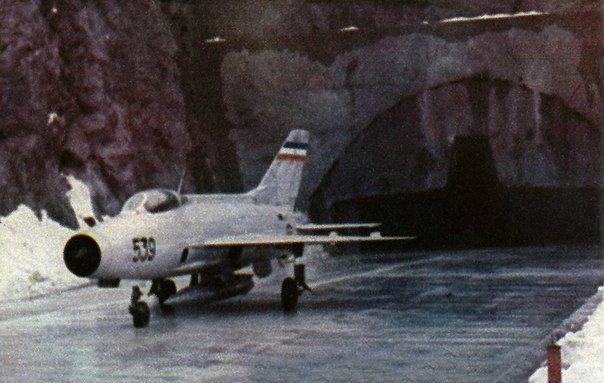
In the same 1962, the first 4 SA-75М Dvina arrived in Yugoslavia, and on November 24 the 250 rocket regiment was formed, covering the capital Belgrade from an air attack. Later on, 4 of the Volkhov C-75М (2 - 1966, 2 - 1967) was upgraded. A total of 8 C-75 anti-aircraft missile battalions (60 PU) were supplied to Yugoslavia.
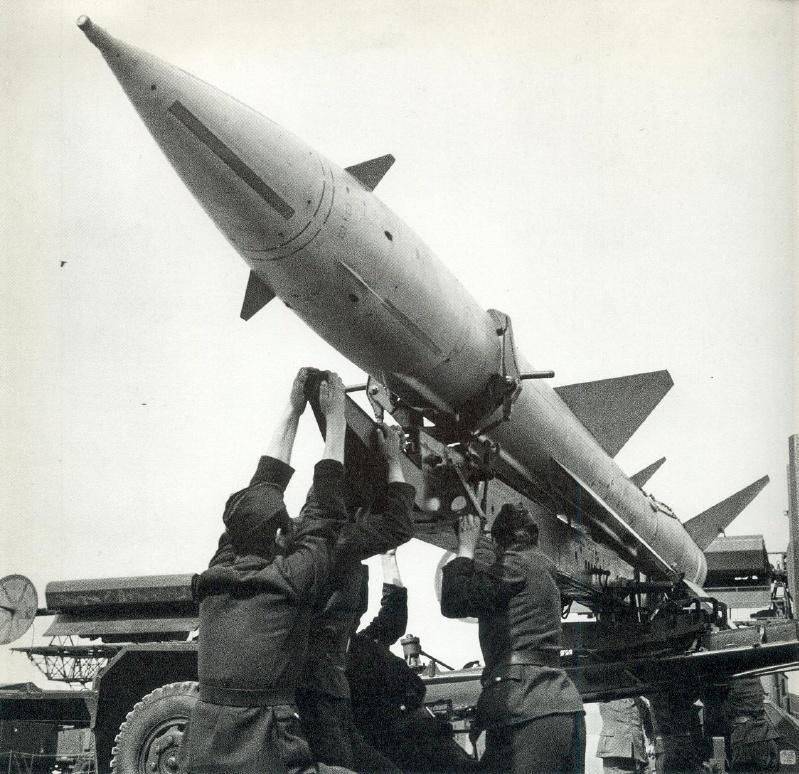
Also in the period from 1960 to 1961, 100 ZSU-57-2 was supplied from the USSR to Yugoslavia.
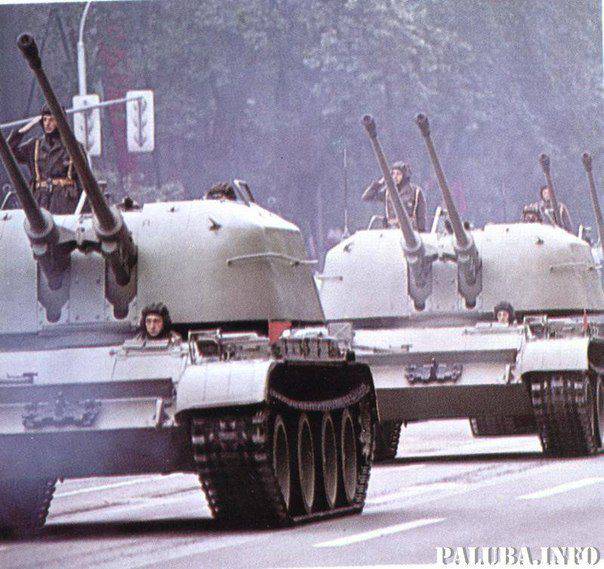
Also, the arsenal 20-mm anti-aircraft installations "Hispano-Suiza" МХNUMXВХNUMX of Yugoslav production were put into service.
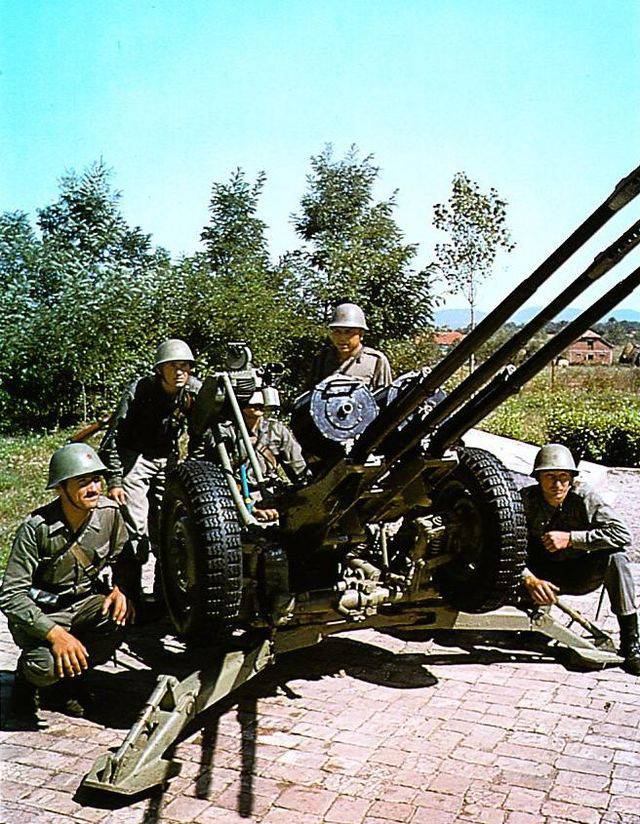
For the period of the entry of troops of the Warsaw Pact countries into Czechoslovakia, 20-21 of August, the Yugoslav air forces were brought to full alert: in Belgrade they were seriously afraid that they would hold a “lesson” not only with Czechoslovakia. The invasion of the Soviet Army did not follow. In addition to the two squadrons of the 117-iap, the 352-I reconnaissance squadron - 12 MiG-21 P (L-14) was based in Bihac.
The purchase of the next batch of 25 MiG-21 airplanes (this time the modifications M, L-15) in 1970 and 9 fleets of MiG-21US (NL-14) in 1969 made it possible to form the third regiment on MiGs - 83-iap. And at the same time with the formation of a new regiment, the “castling” of aircraft again occurred: the 204 th regiment received the MiG-21M, respectively, the PFMs passed in the 117 ip, and the 83 regiment received the old MiG-21 F-13. The location of the 83-iap became the airfield Slatina near Pristina, Kosovo. Here, just like in Bihac, tunnels were made in the depth of the Golesh mountain, intended for the basing of aircraft. In the same 1970, the Yugoslavs received 12 reconnaissance aircraft MiG-21Р (L-14I). Thus, by the beginning of the 70s, there were six combat bases and one training squadron of MiG-21 airplanes on three air bases.
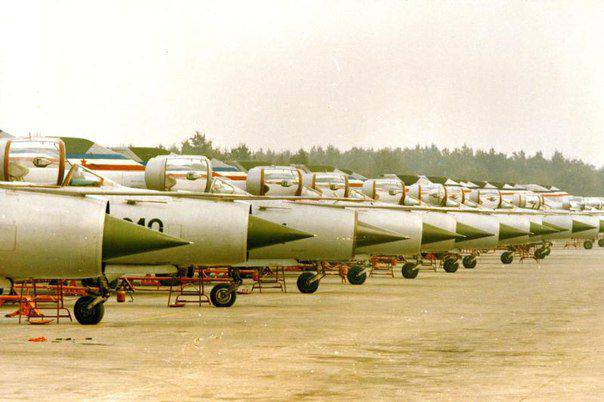
At each base in alert were on duty forces in the pair of MiGs with suspended missiles. MiG-21 fighters solved the tasks of air defense of large industrial centers of Yugoslavia. Crews trained to perform high-altitude supersonic interceptions of air targets with missiles, with the 1975 the pilots began to train strikes on ground targets unguided weapons. With the complication of the international situation in the region, armed with MiGs regiments were transferred to a state of increased combat readiness. So, when the internal political situation in neighboring Italy became aggravated in 1974, and large NATO maneuvers began near the Yugoslav border, the 204 and 117 fighters flew from time to time with suspended missiles over the Adriatic Sea and along the Yugoslav-Italian border, demonstrated strength and determination.
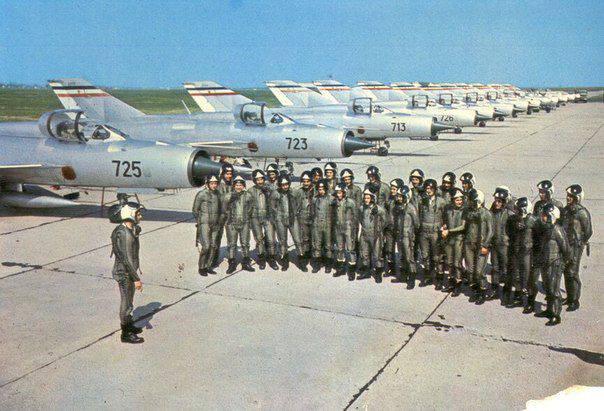
In the middle of the 70s, the Yugoslav Air Force was armed with 700 airplanes and helicopters, and the personnel consisted of more than 1000 pilots. Practical missile launches by pilots of the Yugoslav MiGs were usually performed annually at ranges in the Soviet. Union on targets La-17, in Yugoslavia there were no remote-controlled targets. In 1968, there was an attempt to launch missile launches over the Adriatic near the Montenegrin coast. The target was a yellow-colored manned Saber. The pilot ejected from the "Sabra" after the launch of the rocket by the MiG. The shooting went well, but the experiment remained an experiment: the danger to the pilot of the target aircraft was too great. The level of pilot training was rated very high. For example, the annual flight time of pilots of MiG-21 aircraft was 140-160 hours, more than their colleagues from the Air Forces of the People's Democracy countries flew, while in the USSR Air Force the average time was also less.
In 1975, Yugoslavia purchased the 9 MiG-21 MOF. In the 1977 year began to receive MiG-21bis and MiG-21UM, Yugoslavia Air Force got MiG-100 21 bis / encore-K (L- 17 / L-17K) and 35 of training aircraft MiG-21 UM (NL-16) . These planes changed the MiGs of outdated modifications in all three regiments, although individual MiG-21 F-13 fighters continued to fly until 1991.

In 1984, four MiG-352 MFs, modified with their own forces into reconnaissance aircraft, were put into service by the 21 Fighter Aviation Squadron. They installed American aerial cameras K-112A, purchased in the US through third parties. In the Yugoslav Air Force there were reconnaissance aircraft MiG-21 P, but the photographic equipment installed on them was suitable only for carrying out tactical reconnaissance missions. With American high-altitude cameras, MiG-21 aircraft could conduct strategic and operational-tactical reconnaissance from the heights of 8000-15000 m at speeds of M = 1,5. Modified aircraft received the designation L-15M. By the time of the collapse of Yugoslavia, the Air Force had six squadrons of MiG-21 bis and one MiG-21M fighters. In total, up to 1986, Yugoslavia received 261 MiG-21 of nine modifications and three submodifications.
From May 1968 to May 1969 Yugoslav Air Force received the first 24 multipurpose helicopter Mi-8T. This amount was enough to arm the two transport squadrons of the 119-th transport regiment, which was based at the airfield of Niš.
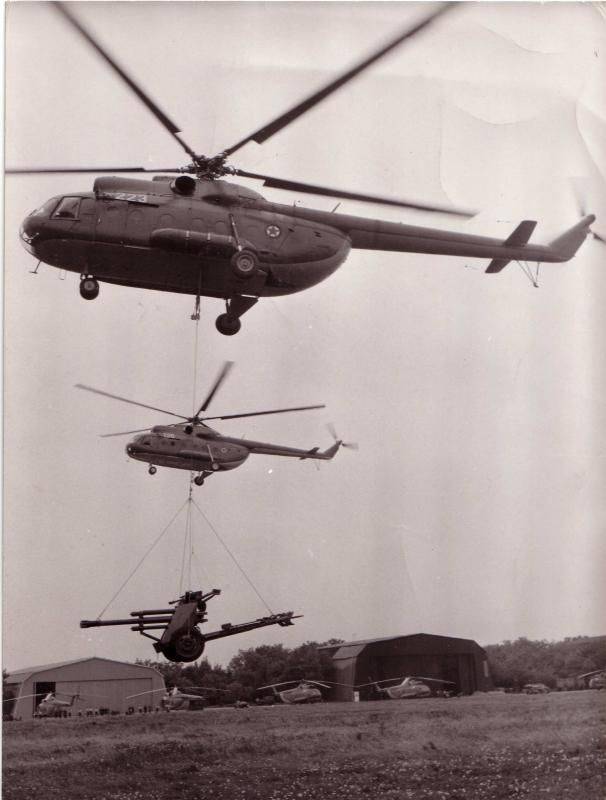
From 1973 to the beginning of the 80s, Yugoslavia received another batch of Mi-8Ts, which allowed to rearm two more squadrons of the 111th regiment in Pleso (near Zagreb), as well as the 790th air force at the Divulie airfield (near Split). The last squadron was under operational command fleet. In total, the Yugoslavs received 93 Mi-8T from the USSR (received the local designation NT-40). On the spot, part of the machines was converted into electronic warfare machines under the designation HT-40E. About 40 cars carried fire service.
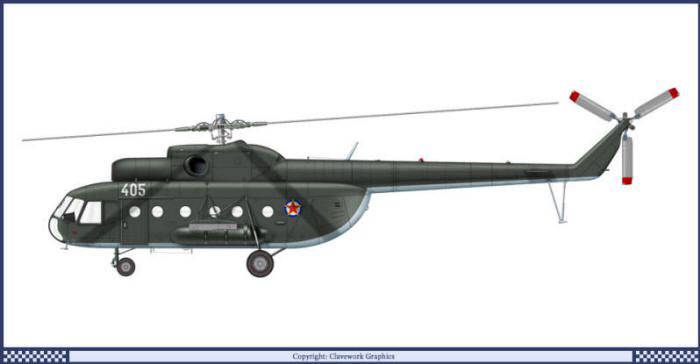
From 1976, the light transport aircraft AN-26, which replaced the C-47 Dakota, began to enter service. In total, 15 An-26 was supplied to Yugoslavia.
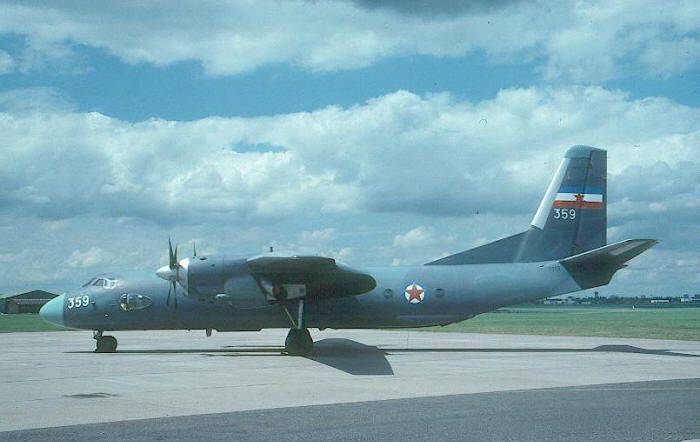
In total, the USSR did 261 MiG-21 all modifications, 16 MiG-29, some IL-14, two AN-12B, 15 An-26, six Yak-40, 24 Mi-4, 93 Mi-8T , four Mi-14PL, six Ka-25 and two Ka-28.
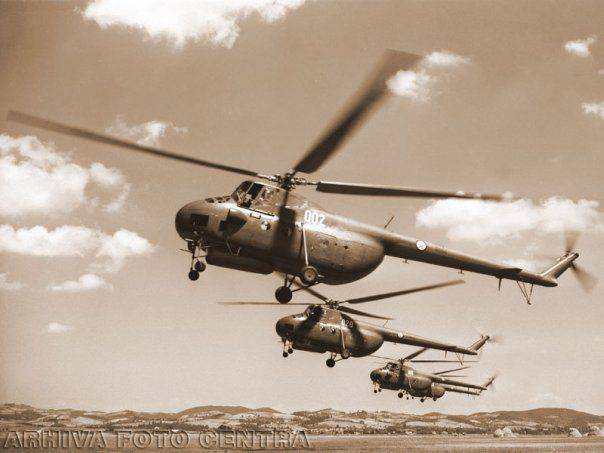
Along with the purchases of Soviet aircraft, the development and production of its own models was carried out. Back in 1957, the Air Force issued a task to build a new two-seat jet multipurpose vehicle. According to the requirements of the military, the crew members sat one after another, and the plane should have been able to operate from unpaved airfields. They planned to equip the car with a full range of weapons and, in addition to training, to use as a light attack aircraft and reconnaissance aircraft. Work on the project with the English TRD "Viper II" Mk.22-6 (thrust 1134kgs) was completed at the Technical Institute in 1959. In July, the 1961-th new aircraft, which received the name "Galeb" ("Seagull"), lifted into the air Lubomir Zekavitsa. The car turned out to be easy to operate, and the test program showed that the “Seagull” satisfies the requirements of the military in almost all parameters. In 1963, the Yugoslav aircraft debuted successfully at the cabin at Le Bourget, and the Soko factory began to prepare its serial production.
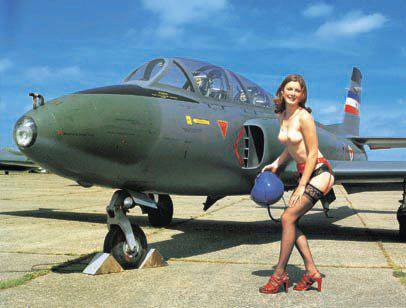
The modified version of the Galeb 2 with a reinforced chassis (for operation from the ground) and the English Folland ejection seat went into the series. The first engines "Viper" also initially imported from the UK, planning to continue to deploy their license release.
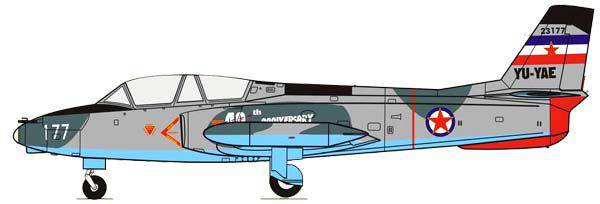
The first serial "Galeb 2" arrived at the air force by the end of 1964, and the designers of the Technical Institute had developed a single combat version of "The Seagull", which is necessary to replace the outdated F-84G "Thunderjet", received from the US in 1953. . The single brother "Chaika" received the formidable name "Hawk" and was distinguished by a press cage, a reinforced structure and a more powerful TRD "Viper 531" 1361 kgf. The first pre-production "Hawks" appeared in 1968-m and were produced in two versions - the J-1 attack aircraft and the RJ-1 reconnaissance aircraft. Later, a double version of the TJ-1 was released, released in a small series, mainly for practicing the shooting of all types of weapons by pilots.

Attack aircraft attack aircraft consisted of three 12,7-mm machine guns (with 135 ammunition ammunition for each) installed in front of the fuselage. Outboard armament is placed on eight suspension nodes, mounted under the wing consoles. Two external nodes under each console can be used for hanging bombs with 250 caliber kg, launchers of unguided missiles, napalm tanks, etc. The remaining nodes are designed for the suspension of unguided rockets of caliber 127 mm.
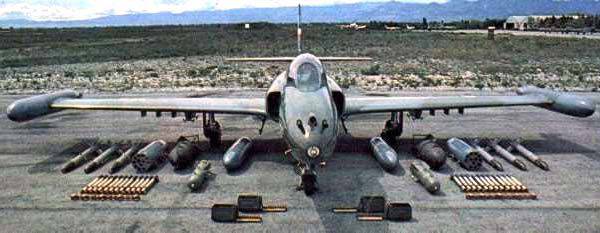
One of the variants of the attack aircraft is a reconnaissance aircraft RJ-1 with three cameras and the possibility of a suspension under the wing of lighting bombs. Another version of the attack aircraft, TJ-1, differs from the basic model in the presence of a double cabin. Also produced modifications J-5A and J-5B, which were installed more powerful engines Viper 522 and Viper 600, respectively.
For the Air Force of Yugoslavia, about 150 Jastreb attack aircraft of all modifications were manufactured.
In 1970, foreign buyers became interested in new Yugoslav aircraft. Zambia became the first importer, purchasing at first six G-2A Galebs, and then six Hawks — four J-1E and two RJ-1E. Libya signed a rather large contract by ordering 70 Galeb G-2AE and getting the last one in 1983. Orders "Galebov" and "Hawks" for the Air Force of Yugoslavia and exports for a long time provided the work shop of the plant "Soko".
Even before the serial production of these machines, a small batch of J-20 “Kurgui” light attack aircraft (resident of Kragujevac, a small town near the plant), intended for use in guerrilla war conditions, came off the stocks. In the event of a potential military conflict and the possible destruction of the airfields of the Yugoslav Air Force, such a plane could take off from a short improvised grass grassy runway. The Caraway was a small single-seat monoplane with a Lycoing piston engine GSO-480-B1A6, armed with two 7,7 mm machine guns, with rocket-bomb armament mounted on hangers. The latter could include two 127 mm unguided rockets, 24 mm 57 rockets (two launchers), two 150 kg fire bombs or numerous small 2, 4 or 16 kg bombs.
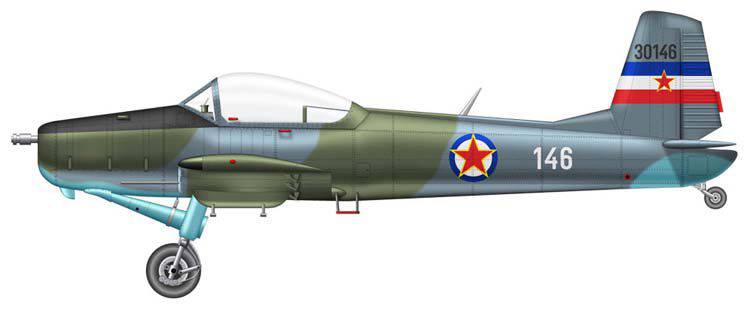
In total, SOKO built about 85 aircraft, which, after 20 years of service in the Yugoslav Air Force, were decommissioned in the 1990 year.
The development and production of auxiliary aircraft continued. In 1965, UTVA tested the UTVA-65 Privrednik agricultural aircraft, in which wings, tail, and landing gear of the UTVA-60 aircraft were attached to the new fuselage. The UTVA-65 aircraft had options for UTVA-65 Privrednik GO and UTVA-65 Privrednik IO with HP 295 engines. and 300 hp respectively. In 1973, a modified version of the aircraft was given the designation UTVA-65 Super Privrednik-350 with the engine IGO-540-A1C with the power 350 hp.
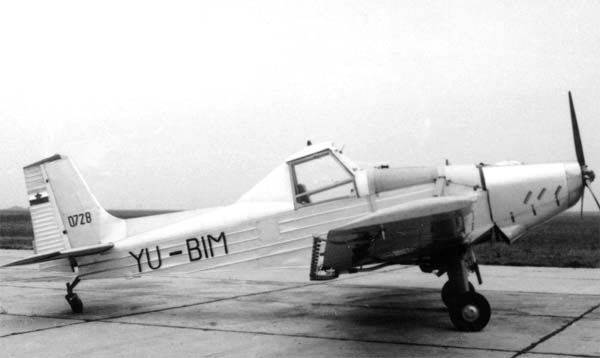
At the end of 60's UTVA company introduced an improved version of the light multipurpose aircraft UTVA-60 were designated UTVA-66, which used a six-cylinder engine with a supercharger Lycoming GSO-480-B1J6 with a three-blade propeller Hartzell HC-B3Z20-1 / 10151C-5 The first flight took place in 1968 year . A total of about 130 aircraft were produced. It had the modifications: the sanitary UTVA-66-AM, the float-operated seaplane UTVA-66Н and the military auxiliary aircraft UTVA-66V.
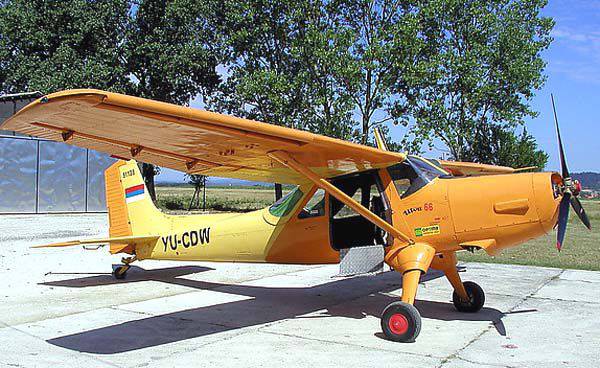
On the basis of the UTVA-66V, a military version of the civilian UTVA-66 aircraft, a multipurpose UTVA-75 aircraft was created. The first flight of the prototype took place in May 1976. Mass production started in 1977 year. Before 1989, the 136 of the UTVA-75A21 aircraft was produced. The aircraft was used in the Air Force of Yugoslavia as a target designation aircraft and as an initial flight training aircraft. On each wing console there is a suspension assembly, so that when preparing military pilots the aircraft can carry light weapons. The UTVA-75 can also be used to tow gliders. The upgraded version of the UTVA-75A41 began to be delivered to the troops from 1987 of the year. Built 10 instances. Total produced up to 200 aircraft instances.
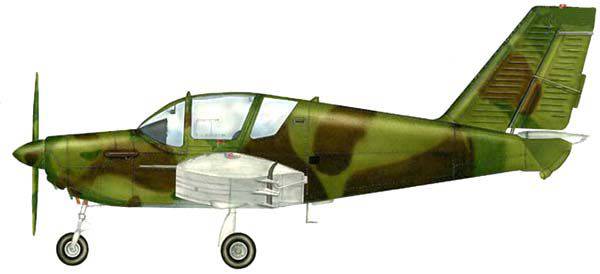
In 1969, the Czechoslovak 30-mm ZSU M53 / 59 "Prague" entered the air defense system JNA, at the same time its production began with the help of the Yugoslav industry. It is believed that all released 800 similar ZSU.
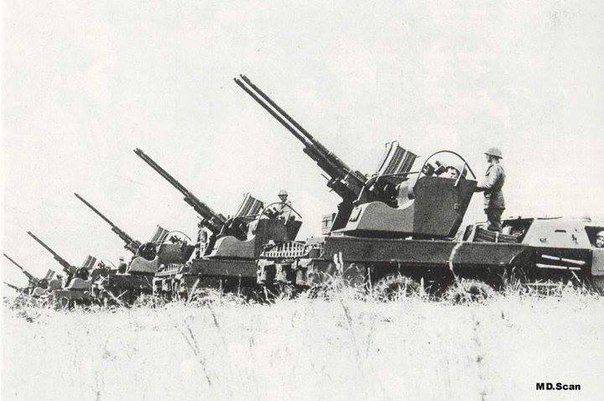
From 1975, the Neva C-125 began to be delivered to the Yugoslav air defense system; a total of 14 divisions - 60 PU were supplied.
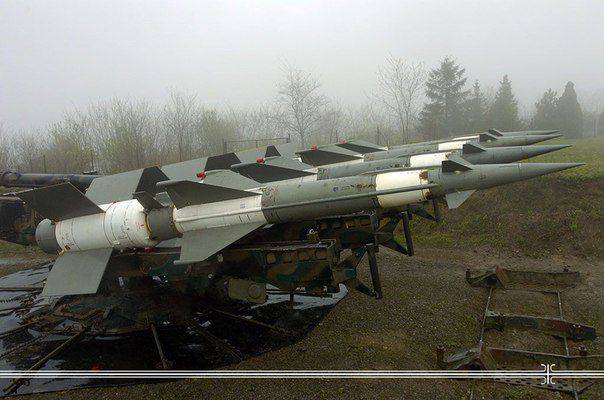
In the same 1975, the 2K12 "Kub" air defense system began to come into service. In total, up to 1977, 17 complexes were supplied (around 90 PU).
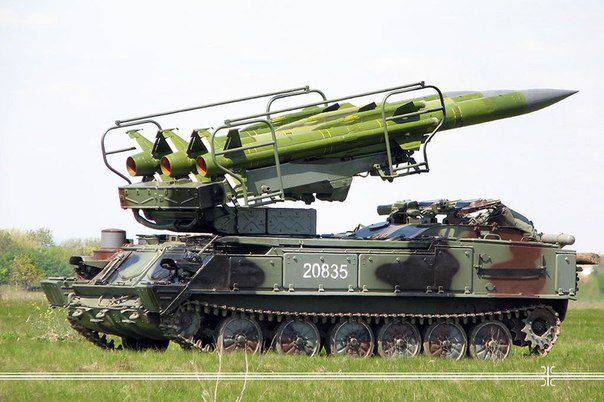
In the 70s, the 120 launchers of the 9K31 "Strela-1" air defense missile launchers entered the arsenal of the anti-aircraft divisions of the JNA armored and motorized infantry brigades.
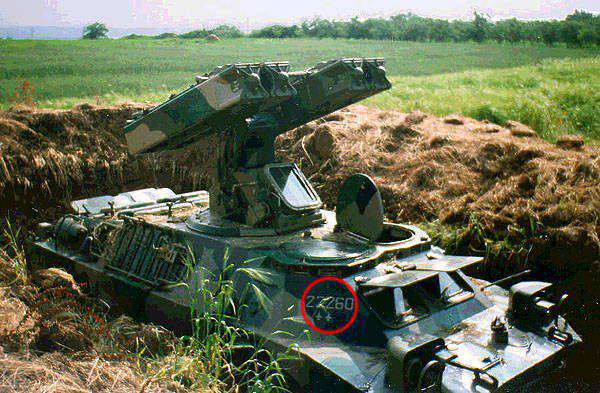
At the Krusik factory in the town of Valjevo, production was launched under license from Strela-9 32K2 MANPADS, and then their versions modernized by Yugoslav engineers, and later the new 9K38 Igla. In total, the weapons of the JNA to the 1991 year consisted about 3 000 MANPADS.
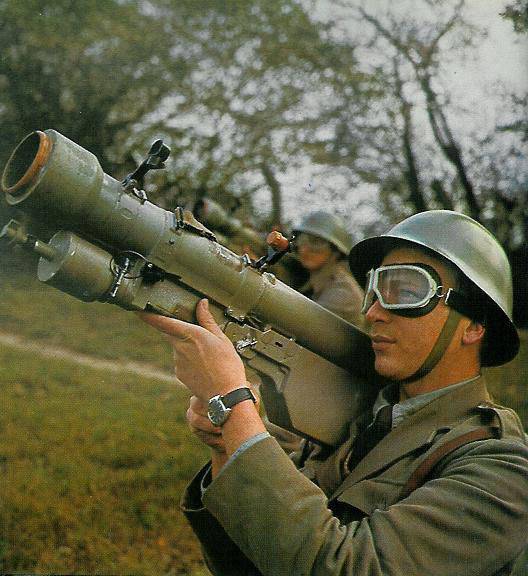
Information